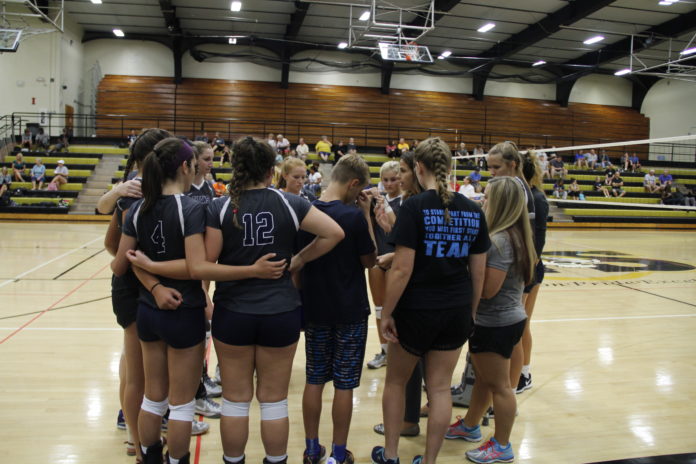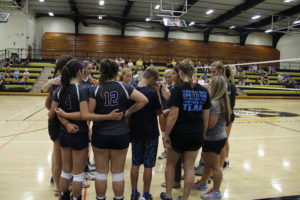
Story by McKenna Rex.
With 30 million people under the age of 18 participating in organized sports, and more than 3.5 million injuries yearly, some injuries can take months to heal or end a season permanently. This is well known to most athletes including Junior Baylie Andersen.
Andersen, a middle-hitter on the JV volleyball team, was injured during practice, “We were scrimmaging a little bit and I landed on somebody’s foot,” Andersen said.
An injury can impact more than just the body. Margot Putukian, from the National Collegiate Athletic Association(NCAA), wrote an article titled “Mind, Body and Sport: How being injured affects mental health” in which she discussed the mental health of an athlete post injury. “It’s important for athletic trainers and team physicians, as well as student-athletes, coaches and administrators, to understand that emotional reactions to injury are normal,” wrote Putukian.

The emotional impact of an injury varies between athletes. Andersen said she was pretty beaten up about what happened, “I was really excited about the season. I was getting ready to start varsity,” she said.
An injury can affect not only the individual athlete, but the entire team. Coach Jennifer Morgan said she sees the toll Andersen’s injury has taken on the team. “Baylie is definitely a leader on the court. She just is someone who picks everyone else around her up. It’s really a big blow to have her off the court,” said Morgan.
Teammate Kayla Brumley also said she described Andersen as, “The ray of sunshine on the team.” However Brumley said since Andersen’s injury, the team has been challenged to learn how to work together better.
Andersen said she described her team as “strong,” and relatively unaffected by her absence. “My injury has no effect on how they play because they are so solid in every department.”
Work Cited:
https://www.safekids.org/sites/default/files/documents/skw_sports_fact_sheet_feb_2015.pdf














